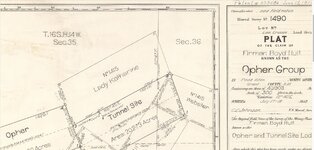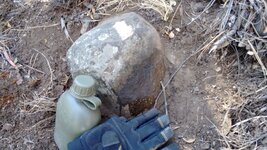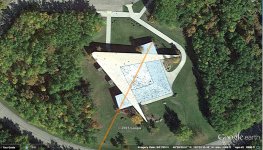BIGSCOTT
Hero Member
do you have an I-Phone 10, they are becoming self aware, artificially inteligent if you will
they are using them to decifer codes and scrolls all over the world now.
they are using them to decifer codes and scrolls all over the world now.




 I'd gladly go out in the field with you, I'm sure we could both learn a few things from each other. I'm probably not what you would expect, you probably expect a young naive guy, I'm in my 50's and no spring chicken, but still in great shape.
I'd gladly go out in the field with you, I'm sure we could both learn a few things from each other. I'm probably not what you would expect, you probably expect a young naive guy, I'm in my 50's and no spring chicken, but still in great shape. 

